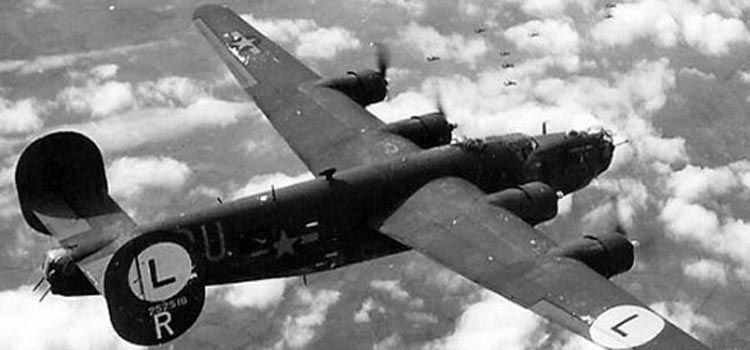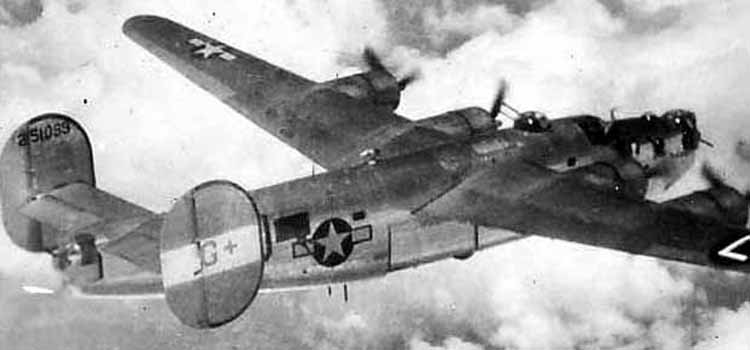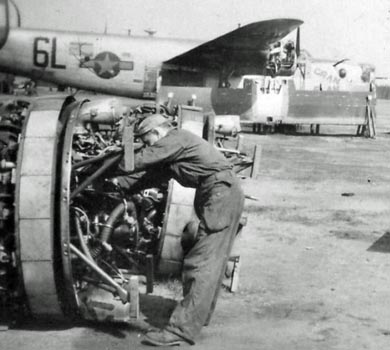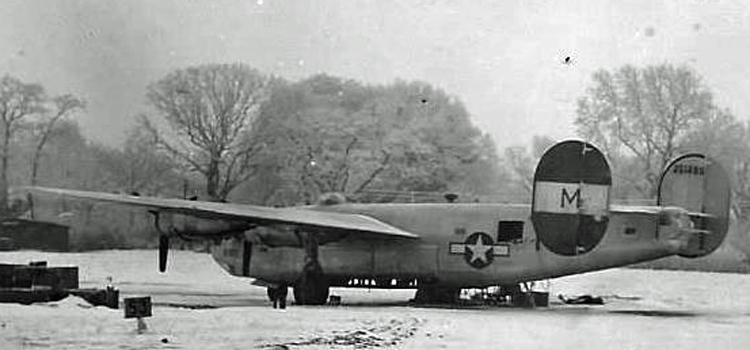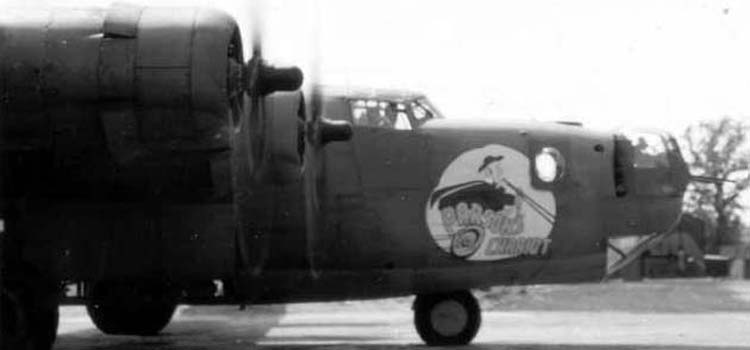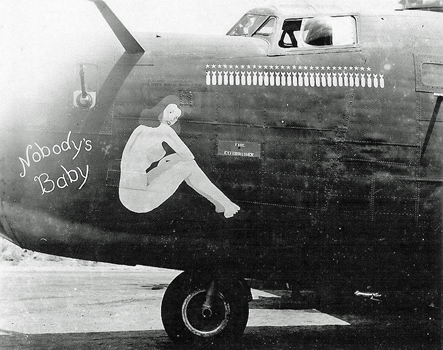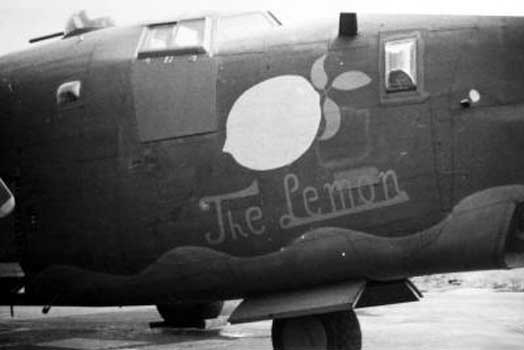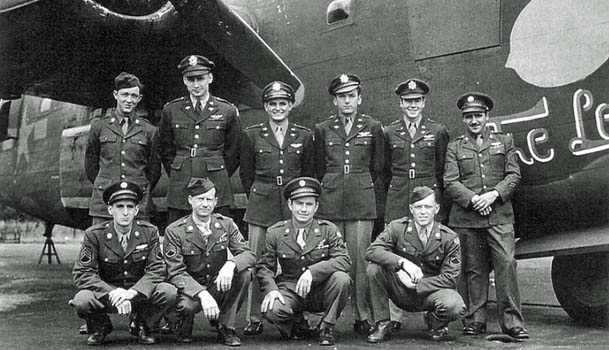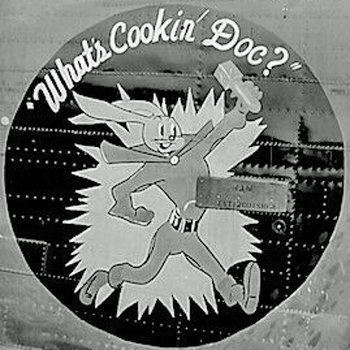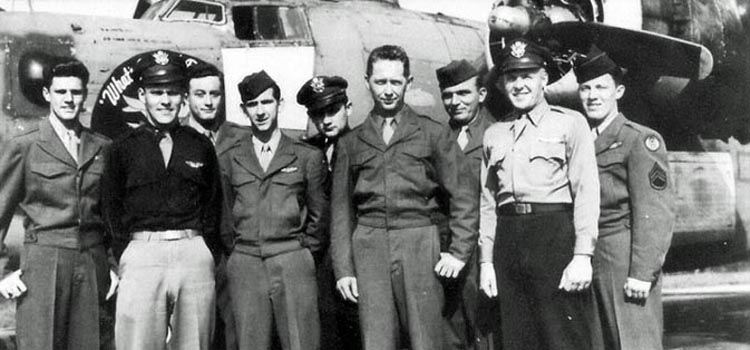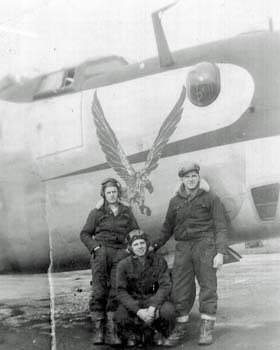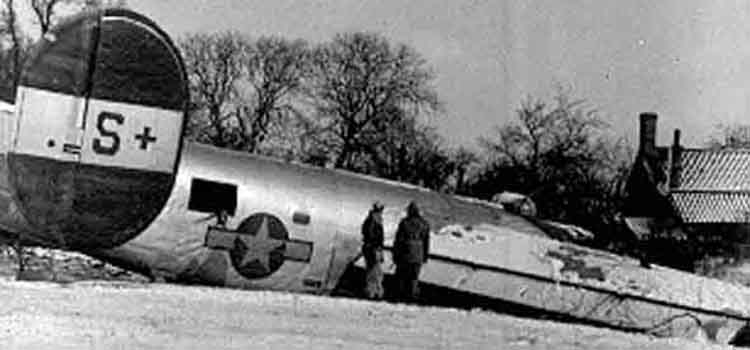Top Turret Gunner, Sgt. Corodon Norton, or "Stud" as he was nicknamed by his crew mates:

A few years ago, Norton's son contacted me and informed me that his Dad,
Corodon, was still alive and well, living in Florida. I was able to
connect him and my Father together via phone. Their "reunion" was brief
as both are seriously hearing impaired, likely a result of their Air
Corps Service.
"Stud's" nickname didn't stick for his civilian life, as one would
suspect. He was known by his friends as "Buzz" after the war.
Viewing a number of "Studs" photos, I really get the sense that he must
have been quite the character. His loose posturing is much different
than all his peers....kind of a "James Dean" look about him.
The photo below was taken shortly before their departure for England in 1944.
They flew the "Northern route" to Newfoundland / Iceland before arriving in Scotland.
The majority of their combat flight training was as a developed stable
crew, which bonded them into a tight "family". Each depended on the
others to perform their jobs.

The seriousness of the "business at hand" is apparent in their faces after a few missions:



"Stud" standing on left.

Corodon Norton, William Gilbert, Elijah Porter, R.E. Weckerly

I've lost contact with the Norton Family, I wish them the best and sincerely hope that this post finds "Stud" alive and well.

"Stud" Norton assisting(?) a ground crewman:

I attempted to identify the aircraft from the serial number on the tail,
but it comes up with a B-24 from a different Squadron. Possible that it
was a transient aircraft, or the tail ID number was different than the
USAF Serial Number.
These men entered the Service as kids, beat the odds and served with determination.
Photos courtesy of John Gilbert.

































